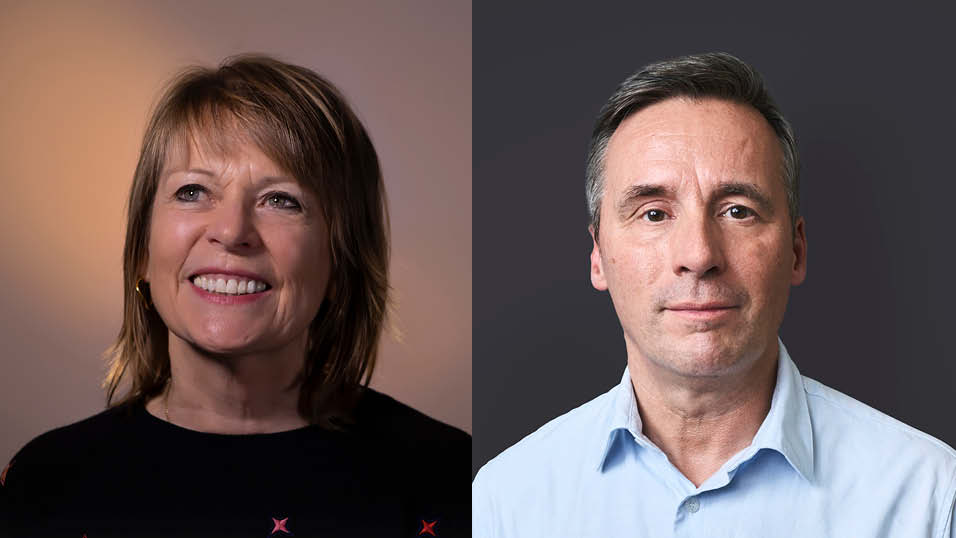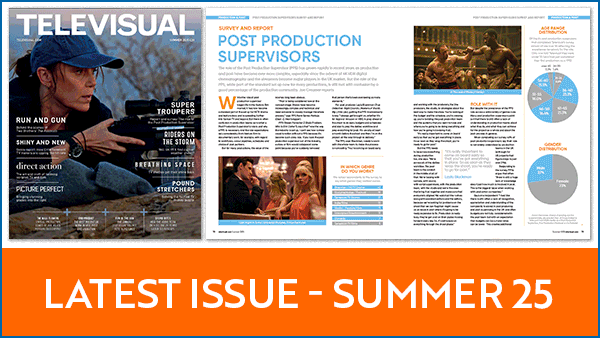By Ed Thomas, Head of Content, Dimension Studio
Creatives, individuals, and studios working in animation are under constant pressure. Budgets are shrinking. Deadlines are tighter. All while demand for content that can be used across multiple platforms has never been greater.
The more traditional ways of producing computer animation, built around long pipelines that result in slow development and review cycles, are no longer enough. Teams need to be thinking and working differently.
That difference comes in the form of the technologies now leading the charge for animation; real-time production engines and AI-powered workflows.
These are tools that give creators more freedom: to move faster, collaborate more freely and tell better stories without being held back by the infrastructure of a traditional animation pipeline.
Dimension Studio has developed a new end-to-end AI content production pipeline and earlier this year produced an animated short titled Mara & Milo: Magic & Mayhem as a proof of concept.
Breaking with tradition
In many organisations animation pipelines are compartmentalised, each phase handled by a different team using different software tools. This brings with it a heavy reliance on offline rendering and therefore long feedback loops. It’s of course a model that’s proven to work, but it comes with costs: time, money, and creative friction.
Studios buying into real-time are using tools like Unreal Engine which can enable artists to work within a unified environment, where modelling, rigging, animation, lighting and rendering all happen under one software’s roof. That consolidation of disparate functions means fewer handovers and faster decision-making both technically and creatively. Teams don’t have to wait days for a render to see how something looks. Changes can be made, tested, reviewed and approved live.
This allows artists to experiment more freely, iterate faster, and move through creative problem-solving without worrying about render bottlenecks or snowballing costs.

AI: a creative support team
The other transformative technology that can support animation studios large and small is of course AI. There are understandably fears in the industry about the replacement of artists. But that’s AI being adopted in the wrong way. It shouldn’t be a tool to replace anyone, but amplify their capabilities.
When used thoughtfully AI can significantly reduce time spent on repetitive or early-stage build tasks. For example, concept artists can use image-generation models to explore visual ideas for characters, props or environments quickly and at scale. Story teams can create previsualisation assets faster. And designers can generate dozens of iterations before refining a final look. The artists need to be the ones driving this, to ensure that there’s a certain level of quality and understanding of what they’re looking for. But done right, this can save time and money.
Larger studios can compound savings further by training in-house AI tools on their existing content libraries, enabling more targeted automation that stays aligned with their visual style and production values. This kind of studio-specific AI can speed up development without sacrificing creative consistency. It’s a win-win for teams working within a studio style, across multiple IPs or on longform series.
From solo creators to scaled studios
Freed from the limitations of traditional pipelines, independent creators and small studio operations can use real-time tools and AI together to produce work that rivals much larger operations. These are core parts of a new production model that puts flexibility, experimentation, and speed at the centre of the creative process.
Many larger studios have been slower to adopt real-time and unified single workflows. Often, it’s not due to lack of interest, but legacy infrastructure, workflow inertia, or the perceived scale of transition. But the benefits of this different kind of workflow, especially in a competitive market, are becoming harder to ignore.
Removing barriers
The other exciting shift that we see happening is more of a democratisation of the industry. These tools and new workflow processes are lowering the barriers to entry for animation in meaningful ways. And with platforms constantly hungry for content; from streaming networks, online channels and social platforms, this workflow flexibility is only going to become more ubiquitous across the animation landscape.
What’s more, as audiences become more immersive and interactive, the value of building adaptable, cross-platform content becomes clear. An animated character developed in Unreal today could be tomorrow’s VR experience, game avatar, or mobile AR lens without needing to rebuild them in a separate workflow. The old walls between media formats are falling and a unified production pipeline can make the most of it.
The next chapter
The tools may be evolving rapidly, but the fundamentals of animation remain the same: storytelling, artistry, collaboration. What’s changing is how quickly and how fluidly those fundamentals can be brought to life.
Whether you’re a solo filmmaker or running a 100-person animation team, embracing real-time technology and AI workflows is about future-proofing your creative process. Once you do, you and your team can open the door to a more agile, more accessible, and more exciting era of animated storytelling.

Pippa Considine
Share this story

















